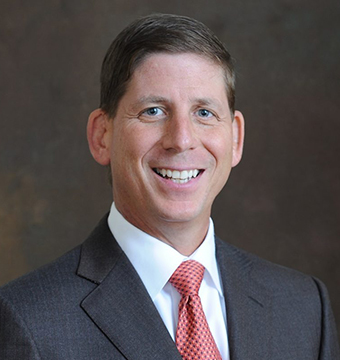Great post on “A Pain Fairy tale” last week by John.
Unfortunately, there is a bigger one that unlike TENS units, has had the unintended consequence of killing millions of addicted patients, mistreated millions of chronic pain patients, and continues to be a major health problem in the U.S. The fairy tale? Opiates or narcotic painkillers.
As detailed brilliantly by Sam Quinones in the must read Dreamland: The True Tale of America’s Opiate Epidemic, this fairy tale started innocently with a letter written in 1979 by a physician by the name of Hershel Jick at Boston University School of Medicine. Dr. Jick was in the enviable position at that time (long before mega databases) of having tracked thousands of inpatients and kept significant details including prescription drug intake. He wrote in longhand to the New England Journal of Medicine and published January 10, 1980 a paragraph that included “of almost twelve thousand patients treated with opiates while in the hospital before 1979, only four had grown addicted”. There was no other data given about dosage, length of treatment, nor the conditions treated, it was simply an observation. A graduate student by the name of Jane Porter helped with the data calculation.
In perhaps the history of medicine’s misguided interpration and false reporting, the “Porter and Jick” letter turned into proven evidence that opiates cause less than “1 percent addiction”!
This obscure letter became:
A landmark report according to Institute for Clinical System Improvement that served much to counteract fears of addiction in chronic and pain patients who could be prescribed opiates
NIH 1989 Monograph, physicians from Harvard and John Hopkins urged readers to “consider the work” of Porter and Jick (which clearly showed that fear of addiction didn’t justify not giving opiates since their “study” showed it was low
1990 Scientific American called it an “extensive study”
Time magazine in a 2001 story titled “Less Pain, More Gain,” called Porter and Jick a “landmark study” showing that the “exaggerated fear that patients would become addicted” to opiates was “basically unwarranted.”
Used hundreds of times in family practice seminars to encourage physicians to use opiates in their practice for the bothersome chronic pain patients.
Became the basis for a new term “pseudoaddiction”. Two doctors writing in 1989 in the journal Pain coined the term to describe the case of a seventeen-year-old suffering from leukemia, pneumonia, and chest pain and asking for opiate painkillers, which physicians had misdiagnosed as addiction.
We know in retrospect that it was a horrific misinterpretation as the Jick letter really supported a contrary claim (if they ever bothered to contact him), that is, when used in hospitals for acute pain AND controlled, opiates rarely produce addiction.
How did this impact multidisciplinary pain clinics that incorporated biopsychosocial models including the use of physical therapy and exercise? It practically busted them. In 1998, roughly one thousand of these clinics existed. Seven years later the number was 75!
As mad as Dreamland made me with information like this and more (plus some disgusting truths about places like my home state of Kentucky) it also gives me hope and optimism about the role of physical therapy. If we can get additional competencies in pain sciences and convince PT’s to treat these complex patients (another post for another time) than this is a fairy tail that really will end happily ever after.
Thoughts?
@physicaltherapy
ref: Quinones, Sam. Dreamland: The True Tale of America’s Opiate Epidemic. Bloomsbury Publishing. Kindle Edition.
